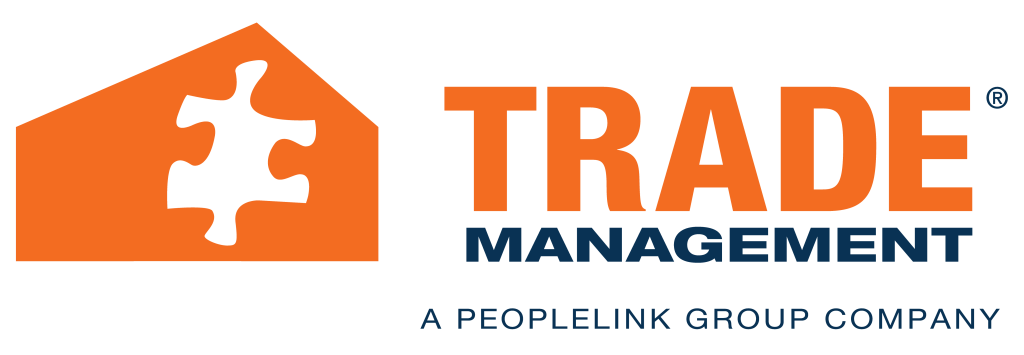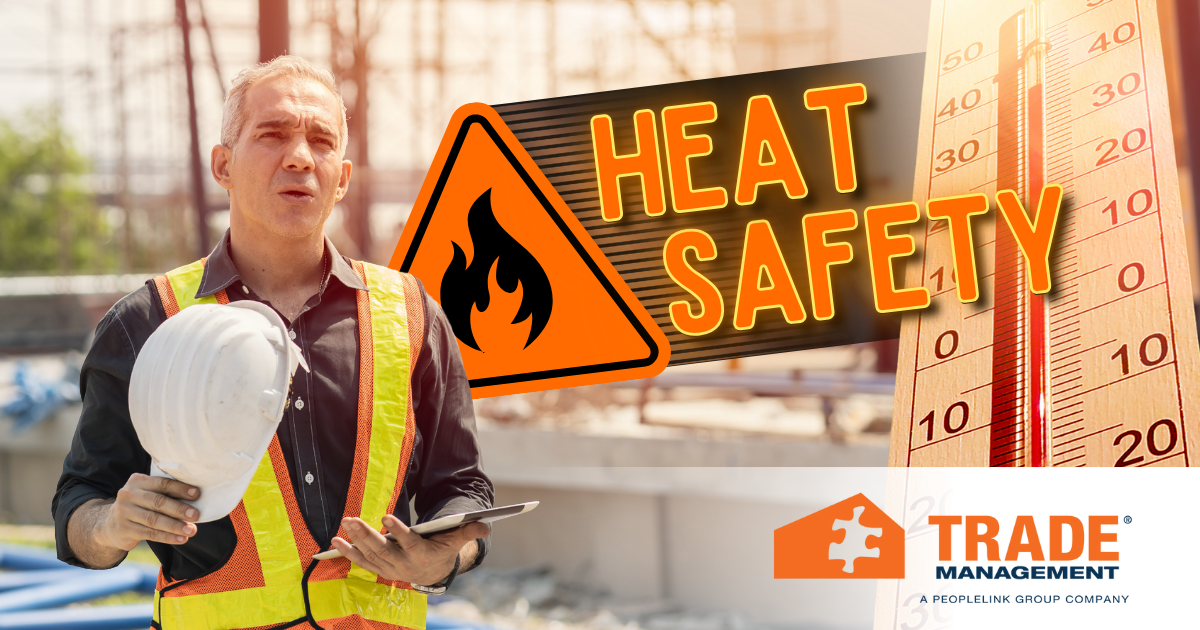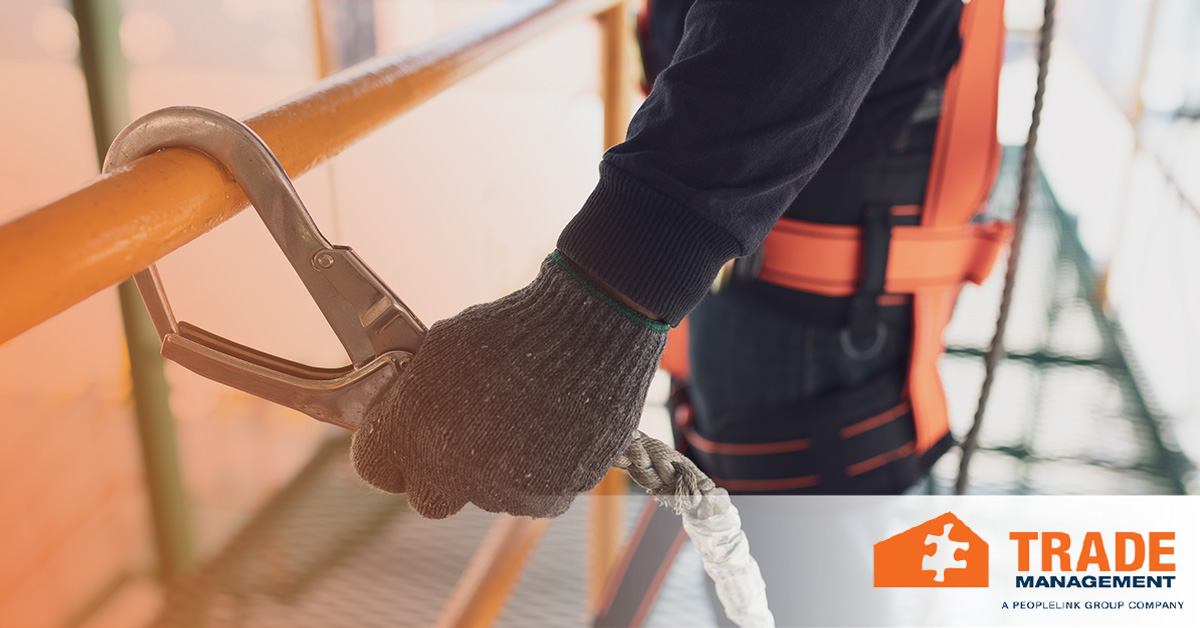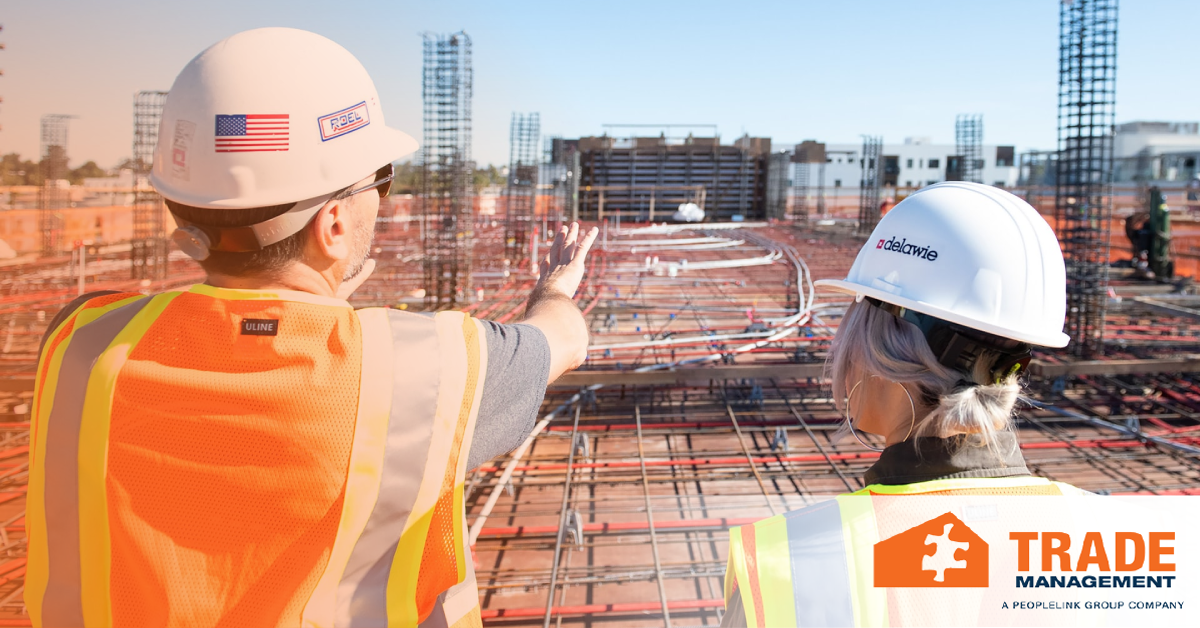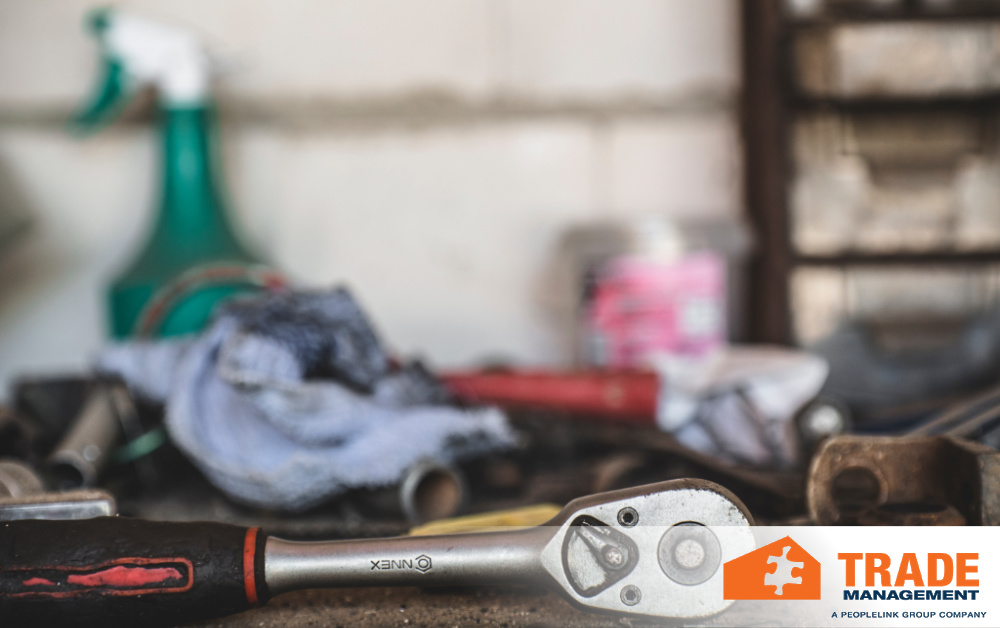Although there is a tendency to focus on construction safety during the summer, those in the construction industry must be extra cautious during the Autumn season as well. With slippery leaves, shorter day hours, and unpredictable weather, construction workers should take extra safety measures to ensure a smooth and accident-free work environment. Read on for essential Autumn construction safety tips to keep you and your team safe on the job site.
1. Wear appropriate clothing
Construction workers must dress appropriately for the changing weather, including wearing warm layers to protect against the chill and potential rain showers. Wear reflective gear to increase visibility in the shorter light hours of autumn. With wet leaves and icy surfaces becoming more common, sturdy footwear with good traction is crucial to prevent slips and falls. A simple slip or fall at a construction site can lead to serious injuries, so taking the time to ensure proper footwear is essential. Consistently check and replace worn-out soles to maintain good traction.
2. Regularly inspect and maintain equipment
Regularly inspect and maintain equipment to ensure it is in good working order and safe to use. Check for any wear and tear, loose parts, or malfunctioning components. By conducting routine inspections, workers can identify potential hazards and address them before they become a bigger problem. Follow the manufacturer’s instructions for the maintenance and servicing of equipment and provide proper training on equipment usage and safety protocols to workers to avoid misuse.
3. Stay alert and attentive to your surroundings
Autumn can bring unpredictable conditions such as forceful winds, heavy rain, or fog, which can pose serious hazards on construction sites. Workers must constantly monitor the weather forecast and be prepared for any potential risks or sudden changes. Secure loose materials and tools, wear appropriate protective gear, and adjust work schedules when necessary.
4. Take extra precautions when working at heights
Construction workers should use fall protection equipment, such as harnesses and safety nets, to prevent falls and serious injuries. Secure tools and materials to prevent intense winds from blowing down items, which can create hazardous situations for workers and those below. Use lanyards, tool bags, and tarps to keep everything in place.
5. Be cautious around trees
As the crisp, Autumn season brings beautiful colors and cooler temperatures, it also brings potential hazards. The weight of leaves and harsh weather conditions can weaken branches, making them susceptible to breaking and falling, posing a serious risk to workers on construction sites, as well as pedestrians passing by. Regularly inspect trees on or near construction sites and take necessary precautions, such as trimming dead or weak branches, to prevent accidents.
6. Use caution when working near water or wet surfaces
Wet areas can become extremely slippery and increase the risk of accidents for construction workers. Exercise caution when navigating these areas and take necessary safety measures, such as wearing appropriate footwear with good grip and utilizing handrails or other support structures.
7. Be aware of seasonal hazards
Pests, such as rodents and insects, may seek shelter in buildings and construction sites as the weather gets cooler. These pests can cause damage to structures and pose health risks to workers.
During Autumn, the pollen and mold count may be higher. Workers should take precautions and protect themselves if they have allergies or respiratory issues.
8. Take extra precautions in muddy conditions
Workers should wear appropriate footwear with good traction to prevent slipping and falling. Alert workers of potentially hazardous areas by putting warning signs in place. Regular cleaning and maintenance of the site is crucial to prevent the accumulation of mud and debris which can increase the risk of accidents. Using suitable equipment such as mud mats and gravel can help improve the ground conditions and provide a stable surface for workers to walk on.
9. Urge caution on steps
Steps on a construction site can be a major hazard if not properly maintained and used. During the fall, leaves and other debris can accumulate on steps, making them slippery and dangerous to navigate. Keep steps clear of debris and mud to prevent accidents. Handrails should be secure and in good working order to provide additional support.
10. Take steps to stabilize heavy equipment
Heavy equipment is an essential part of any construction project, but it can also pose a significant risk to workers if not stabilized. Conduct thorough inspections of all equipment, checking for any signs of wear and tear that may affect stability. Professionally train all workers on how to operate the equipment safely and enforce strict safety protocols. Place all heavy equipment on level ground and use stabilizing tools such as outriggers or cribbing to reduce the risk of accidents.
11. Provide light
Due to decreasing natural light, workers may have a harder time seeing potential hazards and navigating the site safely, leading to an increase in accidents and injuries. Install proper lighting throughout the construction site, including work areas, walkways, and stairwells. Employers should outfit all equipment and tools with working lights to enhance visibility and conduct regular inspections to ensure that all light sources are functioning properly. Adequate lighting not only promotes safety, but also increases productivity and efficiency by enabling workers to see clearly and perform their tasks more effectively.
12. Plan for Weather-Related Delays
Plan for weather-related delays, assessing the risks and potential hazards associated with the changing weather conditions, including heavy rain, high winds, or even early snowfall. Once construction companies have identified the potential risks, they should develop a contingency plan that outlines specific safety protocols and procedures construction workers need to follow in the event of a weather-related delay. The plan may include securing loose materials, rescheduling outdoor work, or providing extra training on how to safely navigate slippery surfaces. Companies should regularly monitor weather forecasts and communicate any potential delays or changes to their workers in a timely manner.
As we head into the autumn season, remember to prioritize safety on the job site. By following these Autumn safety tips, such as using fall protection equipment, being cautious around trees and slippery surfaces, and wearing proper gear, you can ensure a productive and accident-free workday.
Do you need to add to your construction workforce? We can help build your team. Contact Trade Management today!
